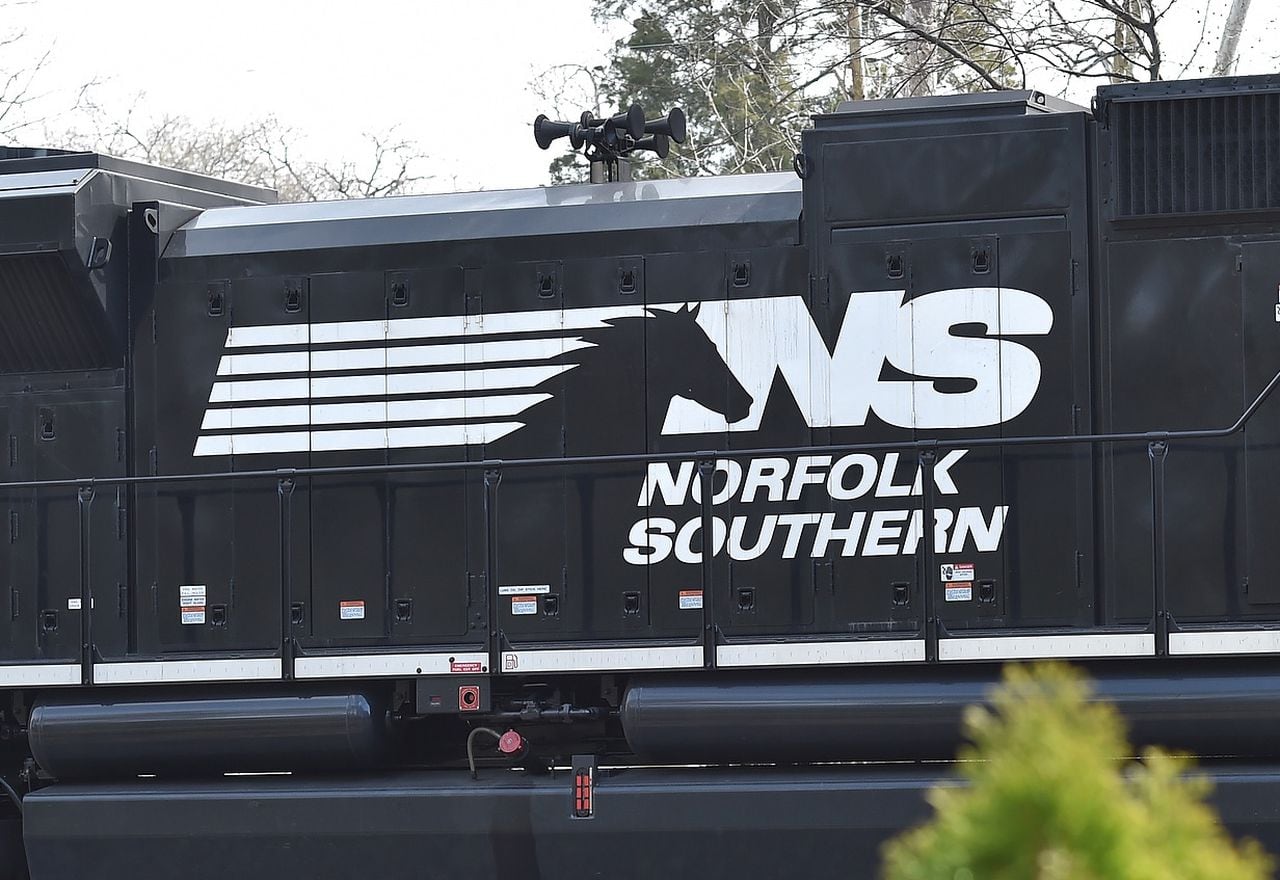Opinion from Birmingham councilman: The railroad is still Birminghamâs ticket to success
This is a guest opinion column
History has proven that time and time again the Magic City has no problem reinventing itself. Over 150 years after the city came to life as one of the largest iron and steel producers in the world, the mines have all closed and Birmingham has pivoted into leading the way for tech innovation and biomedical engineering.
Perhaps the best evidence of this came last week when it was announced that the city was tabbed by the White House to be one of 31 “tech hubs” across the nation. I believe this is a direct result of our willingness to embrace regional cooperation and thoughtful development, working with partners across Central Alabama to reinforce our collective advantages.
We were picked out of some 400 applicants for the initiative, which has the goal of enhancing our ability to produce, commercialize, and deploy technology in a way that creates jobs and maximizes economic impact.
As was the case during the heyday of iron and steel manufacturing, railroad infrastructure is still a particular strength of ours. Simply put, Birmingham owes much credit for its existence to railroads. We have three major “Class I” railroad hubs (Norfolk Southern, BNSF and CSX) just in Birmingham and five of these large railroads operating across the state in partnership with 20 more short line and regional railroads.
When companies decide to set up shop here, or manufacturers invest in expanded operations that create new jobs, transportation efficiency and costs are a major part of the decision-making process.
One train takes hundreds of trucks off the road. This minimizes the traffic, pavement, and emissions impact on the surrounding communities. Freight rail also happens to be among the most affordable ways for businesses to move their goods. It’s worth noting that the City is also working towards having a fully operational inland port in the very near future, one that connects our rail system to one of the busiest port cities in the country – Mobile.
Also, less obvious in the context of recent discussions around rail, is the fact that trains are the safest way to move freight over land. Railroads can and should strive to close safety gaps wherever they exist. But the data provides context, importantly that key rail safety measures are improving over time and with sustained investment efforts. I believe that continued spending from railroad companies and a focus on innovation will make the networks that traverse our communities even safer.
On this note, I’m pleased that the Birmingham region received several major federal grants in 2023 to enhance safety and fluidity at regional rail crossings. Some 94 percent of all rail fatalities happen around crossings or when people are on the tracks. Unfortunately, Alabama ranks 8th in the U.S. for highway-rail grade crossings collisions.
One grant, just announced in September, will help us in the planning phase of crossing improvements along the Norfolk Southern line in Birmingham and Trussville – due in part to the leadership of City of Birmingham Transportation Committee Chair, Darrell O’Quinn. In Pelham, a project to eliminate two at-grade crossings on Shelby County Road received the single largest award, $42 million, from the new federal Rail Crossing Elimination (RCE) program. This new grant is good policy that will help address our community’s most pressing rail safety vulnerability as the region continues to grow.
Economic development can be slow, and its success hinges on making the right choices for the people that live in our community and businesses that set up shop. In Birmingham, we’re seeing the positive results of these choices—whether it’s our focus on building regional cooperation, or our embrace of the infrastructure systems that enable sustainable growth. We’re reinventing ourselves once again. And even after all these years, the railroad remains the best way to get us there.
Hunter Williams is a member of the Birmingham City Council and Chair of the council’s Economic Development and Tourism committee
